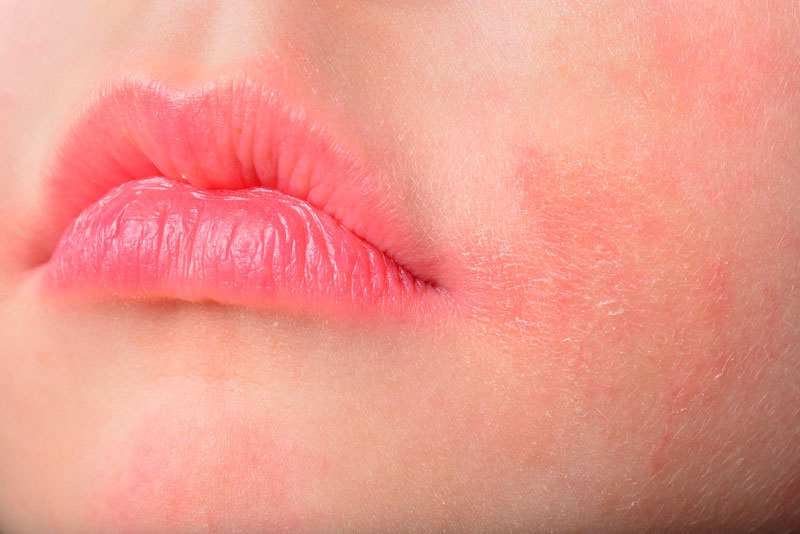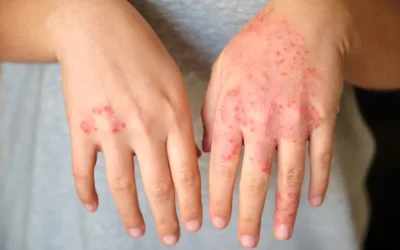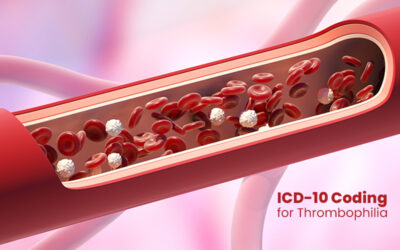Atopic Dermatitis (AD) is a chronic skin disorder characterized by itchy and red skin. Also known as eczema, this skin condition is more common among children. However, it can occur at any age. Common symptoms of AD include – dry, itchy skin and red rashes that come and go. The rashes tend to flare, go away, and then come back again. The rashes can occur on any part of the body, although the pattern tends to be different at different ages. In affected infants, the rashes commonly appear on the face, cheeks, scalp, arms and legs. The rashes can also occur on the wrists, ankles, eyelids, front side of the neck and bend side of the elbows and knees. Scratching the itchy skin can lead to oozing and crusting of the rashes which thickens and hardens the skin. The itchiness can be so severe that it can disturb a person’s sleep and directly affect a person’s quality of life. There is no specific cure for atopic dermatitis. However, timely, effective treatments and ample self-care measures can relieve itching and prevent new outbreaks. Dermatology medical coding has become increasingly complex due to changes in coding rules and regulations and insurance reimbursement rates. Relying on the services of medical billing outsourcing companies can help dermatologists and other specialists ensure accurate and timely claim filing for appropriate reimbursement.
Reports suggest that about 18 million American adults have atopic dermatitis (AD). Both males and females are affected equally. The prevalence of childhood AD is 10.7 percent in the United States. It is estimated that about one in three children with AD has a moderate to severe form. For adults, the prevalence is as high as 10.2 percent. Genetics is regarded as the primary risk factor for this condition. People with this skin condition typically have a family member affected by AD, allergies, or asthma. Generally, all types of eczema cause itching and redness, but AD is the most severe and chronic type of eczema. Other types of eczema include – hand eczema, contact dermatitis, (occurs when the skin makes contact with certain substances) and dyshidrotic eczema (blistering form that’s visible only on the fingers, palms, and soles of the feet).
What Causes AD?
The exact cause of AD is unknown. As the skin condition is not contagious, a person cannot give or spread the rash to another person. One of the main causes of this condition is the presence of too many inflammatory cells in the skin. Healthy skin, in most cases helps to retain moisture and protects from bacteria, irritants and allergens. Eczema is related to a gene variation that affects the skin’s ability to provide this protection. There are several factors that make atopic dermatitis flare or get worse and these include – dry skin, chemical irritants (hand and dish soap, laundry detergent, shampoo, bubble bath and body wash, or surface cleaners and disinfectants), infection from bacteria and viruses, hormonal changes, hot/cold temps and sweating and allergens from everyday materials. In some children, food allergies may play a role in causing eczema.
Understanding the Symptoms
According to the American Academy of Dermatology (AAD), 90 percent of people with AD get it before age 5 and the condition may persist into adolescence and adulthood. However for some people, it flares periodically and then settles for some period, even for several years.
The signs and symptoms of this inflammatory skin condition vary widely from one person to another. The primary symptom of AD is dry, itchy skin that often turns into a red rash. Other symptoms include –
- A rash on the scalp or cheeks
- Thickened, cracked and discolored skin
- Scaly patches of skin at the site of the rash
- Red to brownish-gray patches
- Raw, sensitive, swollen skin from scratching
- Rashes on the neck and face, especially around the eyes
- Lightened or darkened skin spots
- Itching, (which may be severe especially at night)
- Cracks behind the ears
- A rash that may bubble and weep clear fluid
Adults, who suffered AD as children may have discolored skin that gets easily irritated.
Diagnosing and Treating Atopic Dermatitis (AD)
There is no specific lab test that confirms the exact cause of atopic dermatitis (eczema). Dermatologists and other physicians generally begin their diagnosis by examining your skin texture and making a detailed review of your medical history. Patch testing and other related skin tests will be conducted to rule out the presence of other skin disorders that accompany your eczema.
As there is no specific cure for this inflammatory skin condition, a combination of treatment methods that includes medicine, skin care, and lifestyle changes may be opted. Skin care and lifestyle changes can help prevent flare-ups. Recognizing the condition early and starting the treatment can help prevent excessive scratching that leads to skin infections. Treatment options for this condition include – medications such as corticosteroid cream or ointment (like tacrolimus (Protopic) and pimecrolimus), oral antibiotics, oral corticosteroids (prednisone) and injectable biologic (monoclonal antibody) called dupilumab (Dupixent). Therapies include – Wet dressings and light therapy (phototherapy). Medicine and other therapies will help control itching, clear infections, minimize skin inflammation (swelling and redness), loosen and remove scaly lesions and reduce new lesions from forming.
Dermatology medical coding involves using the specific ICD-10 diagnosis codes for reporting atopic dermatitis (eczema) on your medical claims. ICD-10-CM codes used to indicate a diagnosis of AD include –
L20 – Atopic dermatitis
- L20.0 – Besnier’s prurigo
L20.8 – Other atopic dermatitis
- L20.81 – Atopic neurodermatitis
- L20.82 – Flexural eczema
- L20.83 – Infantile (acute) (chronic) eczema
- L20.84 – Intrinsic (allergic) eczema
- L20.89 – Other atopic dermatitis
L20.9 – Atopic dermatitis, unspecified
How to Effectively Control and Prevent Atopic Dermatitis
Reports suggests that about half (50%) of the children who get AD will have it as an adult. Managing and controlling this skin disease requires patients to come down to basics like – watching for signs of skin infections, using OTC and/or prescription medication consistently and as prescribed, knowing your triggers and implementing and following a regular bathing and moisturizing routine.
Moisturizing the skin is one of the best preventive measures for AD. Healthier skin will become less inflamed and provide a better protection against allergens and irritants. Following simple tips may help prevent attacks of dermatitis (flares) and minimize skin drying. These include – moisturizing your skin at least twice a day, taking shorter baths or showers, using mild, antibacterial soaps and drying skin with a soft towel and applying moisturizer while your skin is still damp.
Medical billing and coding for Atopic dermatitis can be complex, as there are several codes associated with the condition. By outsourcing these tasks to a reliable and established medical billing and coding company – that offers the services of AAPC-certified coding specialists, dermatology practices can ensure correct and timely medical billing and claims submission.




